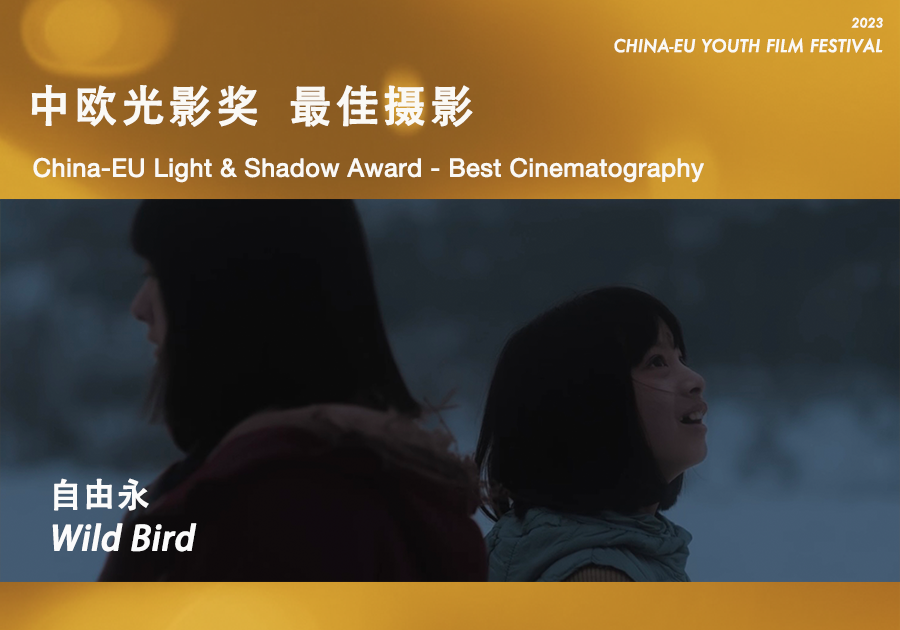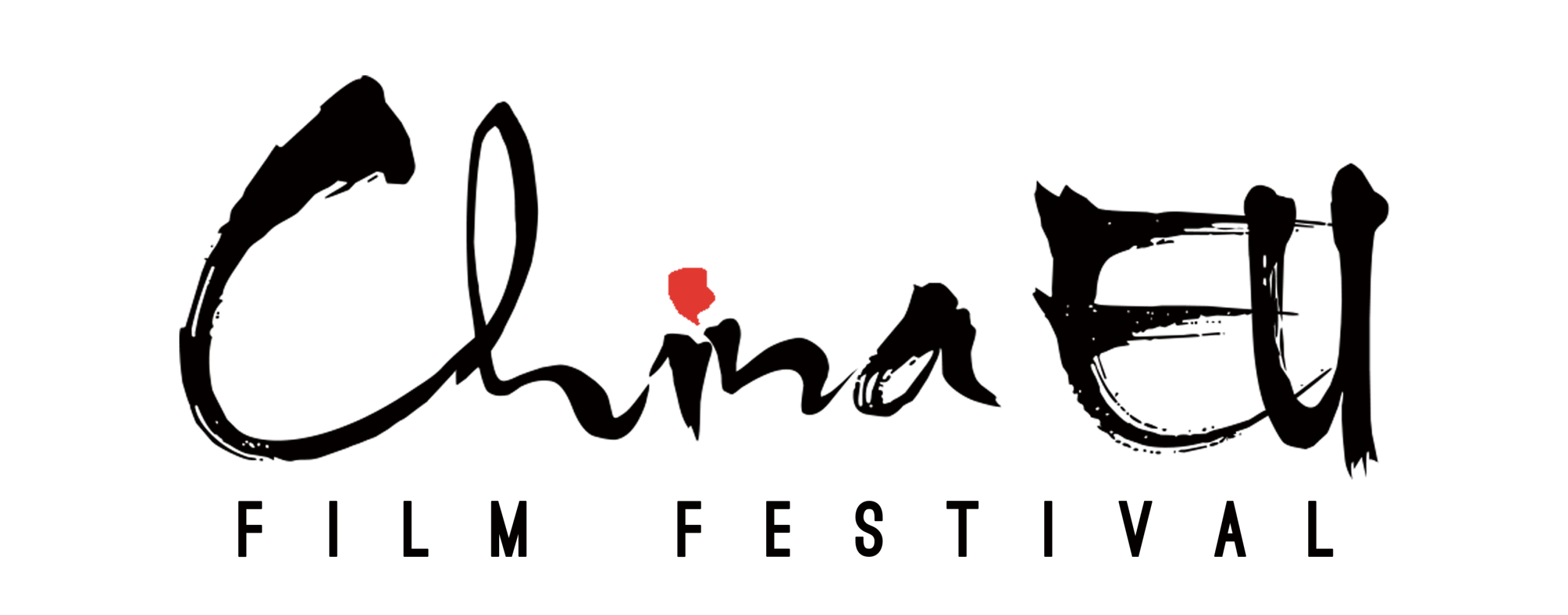
Weixin Yu Director of photography
Graduated from Communication University of China with a Master’s degree in Film and Television Photography and Production. As a photography director, I have shot dozens of short films and advertising works in the film and television industry, and participated in the production of several web dramas and online movies. Short film works include “Song Sha”, “Garbage Bag”, “Qinhuai River”, etc. The work has won awards such as the Unlimited Freedom Award at the Pingyao Film Festival and the Best Cinematography at the China Europe Youth Film Festival.
What was the opportunity when you joined the cast of “Eternal Freedom” as the main creator?
Weixin Yu:Director Cao Yino is my junior sister, and this film happens to be her graduation project. In mid November last year, she started telling me about her notebook and asked if I could participate in the filming of her short film. After a few more encounters, I thought this would be a good creative opportunity. She is also a very creative director, so I decided to collaborate in the end. This is also our first collaboration.
The setting and setting of this film are very beautiful. May I ask where your filming location is? How much time did it take from preparation to completion?
Weixin Yu:The location is a sunny village in Zuoquan County, Jinzhong City, Shanxi Province, which is also the director’s hometown. Originally, our script was set to have snow, so in fact, I suggested to the director to go to Northeast China or Inner Mongolia to shoot, to ensure that we could capture the snow scenery. However, the director said that Shanxi is a local, and she said that she grew up in this place since childhood, and I believe we can definitely capture the snow scenery here. It was indeed fortunate that we encountered a snowfall at that time, which helped us a lot. If it weren’t for that snow, the atmosphere of the outdoor setting might have declined significantly.
In preparation, I had the first communication with the director in November of 22 years. Because I had some questions about the script at that time, I went to the production team at the end of November after several exchanges. Then the director went back to his hometown in mid December and stepped on the scene. Our production team went to see the first scene on January 11 and 12. At this time, half of it had been decided. We started on February 5, Of course, I also went a week in advance to do some preparation work.
Have you encountered any difficulties regarding shooting scheduling during the shooting process? How was it resolved.
Weixin Yu:We are a student production team, as our funding is limited, we have been planning this since the early stages of preparation. For example, the time for the scene transitions we have chosen is generally within 30 minutes, and the overall difficulty is not too high. Perhaps the only thing that would have been more troublesome at the time was the footage of some girls running along, and it was still in the snow. In terms of budget, we don’t have a mobile group, which means that if we had to shoot these shots, it might have been quite difficult. However, because it happened to be last year that Dajiang produced a machine called Ruying 4D that integrated stability and camera, using this machine to shoot these paintings also solved many of our problems.
How was the language setting for the camera in the early stages of the film done?
Weixin Yu:In fact, when I received the script, I had a rough idea in my mind. The film is a high concept setting and is set in a relatively oppressive environment. There are some things in its world that cannot be directly conveyed through language, and even some supernatural phenomena. At that time, I was associated with two Soviet movies: “The Undercover” and “The Mirror”. I would think the overall audio-visual language would be closer to those two movies, with the camera following the protagonist smoothly and subtly into various environments, trying to depict the entire scene with a sense of temperament. There are actually some “mysterious” feelings hidden in the script, which you cannot express very intuitively. However, you will hope that this feeling will always be filled in every scene, which also means that we cannot have too flashy camera movements, and we also need to be relatively restrained in the scene. Too much camera switching and movement, I think, will break this mysterious feeling.
In the movie, many of the compositions in the house were framed, using some objects as foreground shots. How was it conceived?
Weixin Yu:Using this framed composition will make people focus on feeling the emotions of the characters; And the foreground occlusion makes the characters have a small proportion in the picture, which can reflect the person’s decisive influence on the environment. The environment is to limit them. For example, when we shoot a panoramic view, we try to show the protagonist’s entire environment as much as possible, making the audience feel that the person is very small in the entire environment and a bit powerless. In this way, designing the camera is actually to use audio-visual language to show some of the things that the entire film wants to express.
How was the last shot designed, where he used a time traveling camera to capture a scene as the ending of the film?
Weixin Yu:Finally, using a long shot of flying through a time traveling machine can be seen as condensing the female protagonist’s pursuit from beginning to end in the film: striving to fly over steep mountains and break free from heavy constraints. The film constantly features elements related to birds such as feathers, which is also a metaphor that expresses the female protagonist’s desire to fly freely on this land like a bird. I don’t know if you have noticed that the scene where the time travel plane flew over was actually the last scene where the red box appeared, under a tree in the plain.
Is there any difference between the final film and the initial expectation?
Weixin Yu:It’s a bit. When we first received the script, we chatted with the director and wanted to refer to the style of a Czech director named Jan Svankmajer. He was a director who made many black fable style stop motion animations. In terms of audio-visual language, reference will be made to Alessandro Zodulovsky, the director of “Holy Mountain” and “Holy Blood”. We hope that the film can contain more surreal elements and creative approaches. But when it comes to practical implementation, we find that such shooting methods require too much for art, scenes, and even actors, making it difficult for us to complete. So we made some adjustments to present the film within our capabilities.
Are there any projects that are being prepared or filmed recently?
Weixin Yu:Recently, in addition to commercial projects such as advertising, Director Yino and I have plans to create a long story. We are planning to shoot a small sample first and see if it is possible to make it into a long story later. We are also working hard to promote it now.
